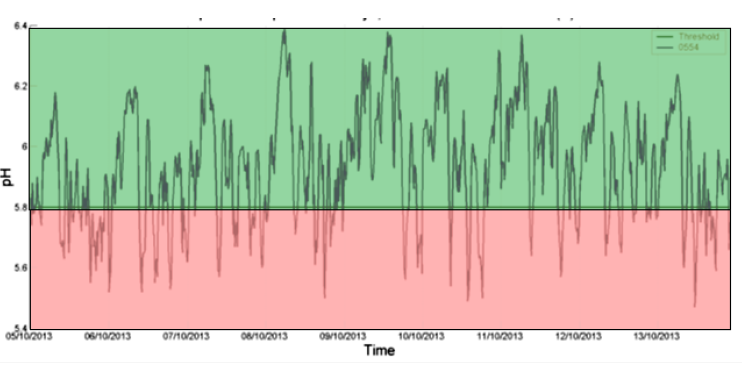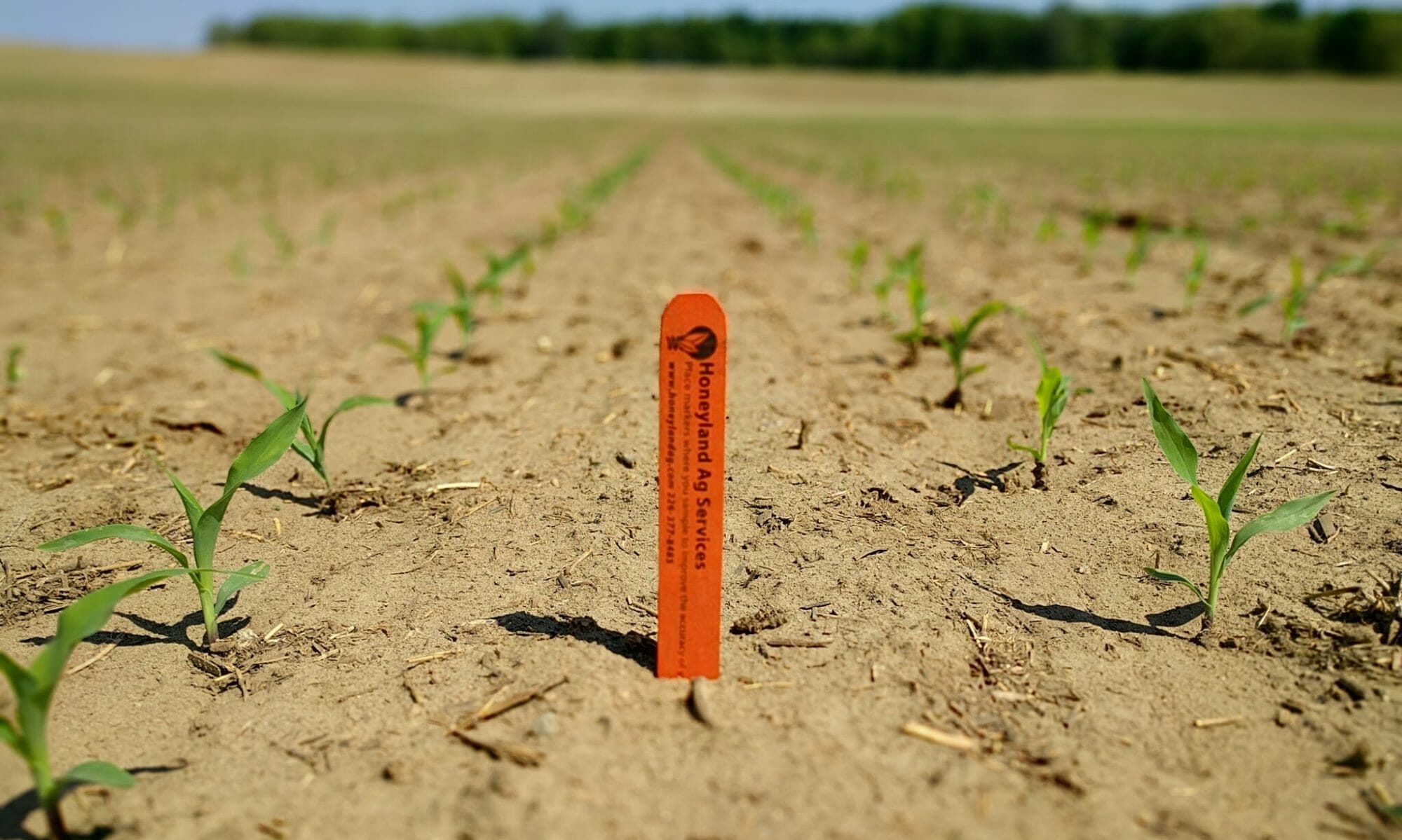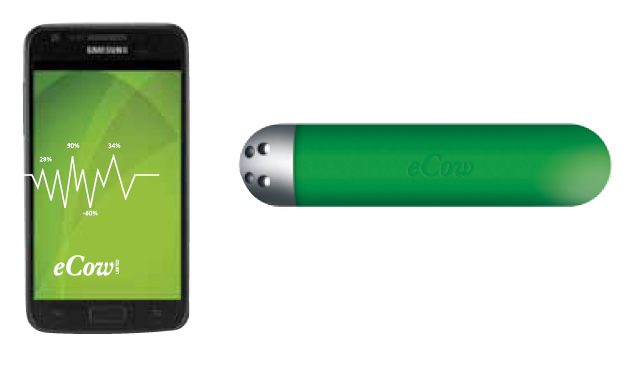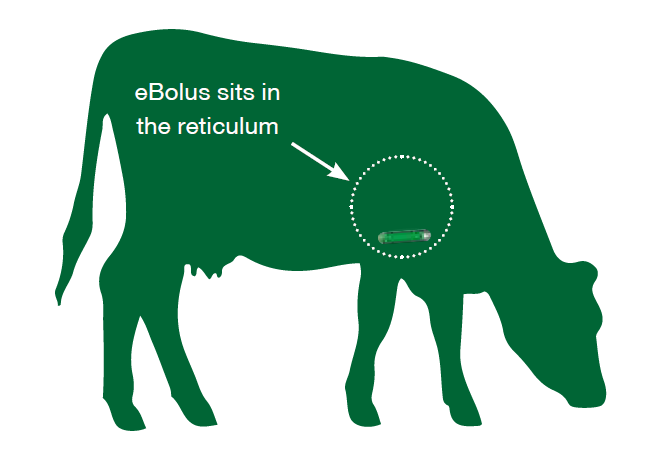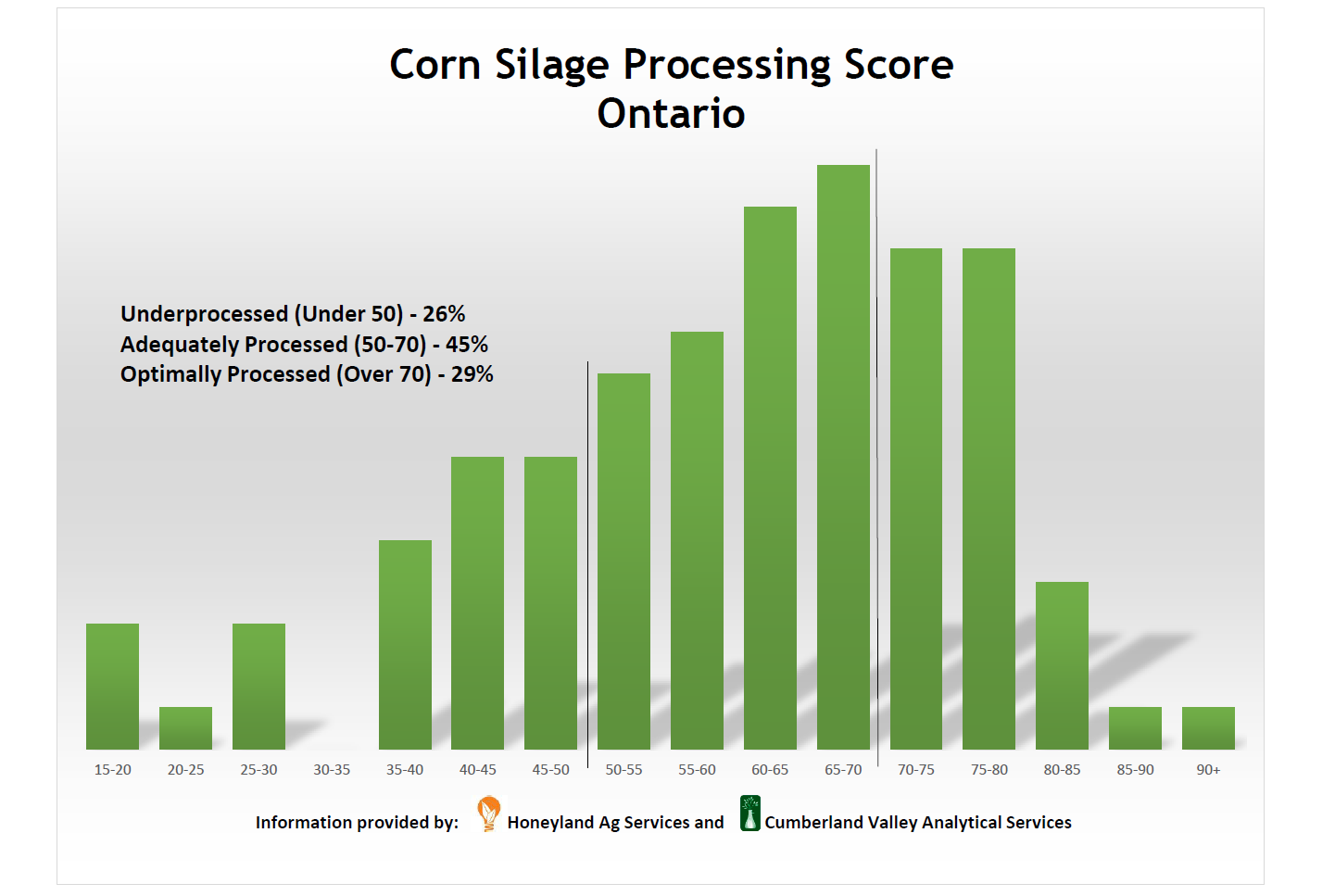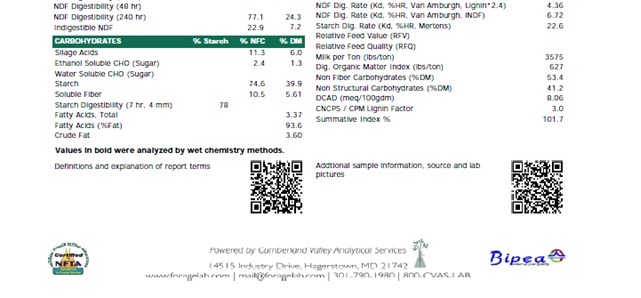The farmBolus is rumen monitoring system designed for commercial Dairy herds that records pH (acidity levels) and temperature within a Cow.
Data gathered by the eCow farmBolus allows farmers, vets and nutritionists to achieve optimum ruminal conditions which in turn leads to increased yields and healthier cows. eCow is the market leader in the rumen pH bolus field for lifetime and accuracy of results.
The bolus can be used to:
• Avoid onset of acidosis through early warning
• Keep high yielders performing and identify any
potential for more litres through diet
• Help identify management issues which may lock
up yield potential through irregular routine
• Justify the use and cost of rumen buffers and yeasts
• Monitor cows through calving and the transition from
dry cow to milking cow ration
• Monitor problem groups
• Illustrate the suitability of feeds
Below is a graph of an example pH reading using the
bolus. The green area is classed as the safe zone with
regards to acidosis/SARA and the red zone represents
the 5.8 pH line which we class as the acidosis risk zone.
Cattle are not immediately at risk of acidosis when they
drop below the line and it is dependent on the amount of
time spent in the risk zone. Cows that spend >5 hours/
day under the red line are at a significantly higher risk of
SARA/ acidosis.
